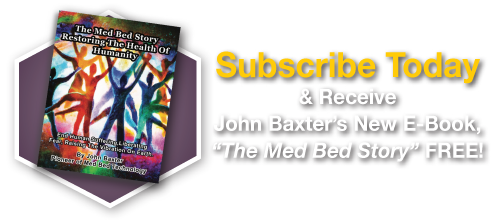In the realm of natural health and wellness, "grounding" and "earthing" are terms often used interchangeably. However, subtle distinctions between the two can impact how they are practiced and understood. This article aims to clarify these concepts by delving into the differences and similarities between earthing vs grounding, providing a clearer understanding for those looking to improve their well-being through these practices.
Introduction to Earthing and Grounding
Both earthing and grounding are practices rooted in the connection between the human body and the Earth's surface. They are based on the premise that direct contact with the earth can have significant health benefits, including reducing inflammation, improving sleep, and enhancing well-being.
What is Earthing?
Earthing specifically refers to the physical act of connecting with the Earth’s electrical energy. This is usually achieved through barefoot contact with the ground, such as walking on grass, sand, or soil. Earthing can also be facilitated by using conductive systems while sleeping, working, or relaxing indoors that connect the individual to the ground.
What is Grounding?
Grounding, in a broader sense, can refer to techniques used to bring individuals into a state of present awareness, often used in meditation and mindfulness practices. It involves exercises that redirect thoughts from anxiety or distraction to the present moment and physical body. While it includes the practices used in earthing, grounding encompasses a wider range of techniques that may not require direct contact with the Earth’s surface.
Earthing vs Grounding: Key Differences
-
Definition and Scope:
- Earthing: Specifically involves direct contact with the Earth’s surface to transfer electrons from the ground into the body.
- Grounding: A broader term that includes earthing but also encompasses other practices aimed at enhancing present-moment awareness.
-
Practices Involved:
- Earthing: Walking barefoot, lying on the ground, using earthing sheets or mats.
- Grounding: Mindfulness exercises, meditation, sensory techniques (like the 5-4-3-2-1 method), and earthing.
-
Primary Focus:
- Earthing: Enhancing physical health by absorbing the Earth’s electrons.
- Grounding: Improving mental and emotional well-being by centering the mind and emotions.
-
Health Benefits:
- Earthing: Claims to improve sleep, reduce inflammation and chronic pain, and increase energy.
- Grounding: Aims to reduce anxiety and stress, enhance focus and clarity, and improve overall emotional health.
Combining Earthing and Grounding for Optimal Well-being
While earthing and grounding have their unique aspects, combining the two can provide comprehensive benefits. Practicing earthing by connecting physically with the Earth can be complemented by grounding exercises that promote mental and emotional balance. Together, they offer a holistic approach to health and wellness.
How to Practice Earthing and Grounding
- Earthing: Start with walking barefoot on natural surfaces, spend time laying on the ground, or invest in earthing products for indoor use.
- Grounding: Engage in mindfulness meditation, practice deep breathing, or perform sensory awareness exercises to bring your focus to the present.
Scientific Perspective and Skepticism
The scientific community has shown growing interest in the effects of earthing and grounding, with studies indicating potential benefits. However, skepticism remains due to limited research and the need for more comprehensive studies. Practitioners are encouraged to approach both practices with an open mind and attention to personal experience.
Conclusion: A Unified Approach to Health
While earthing vs grounding may imply differences, both practices share the ultimate goal of enhancing human well-being by fostering a deeper connection to the present moment and the natural world. By understanding and integrating both earthing and grounding into daily routines, individuals can achieve a more balanced approach to health, embracing the physical, mental, and emotional benefits these practices offer.



